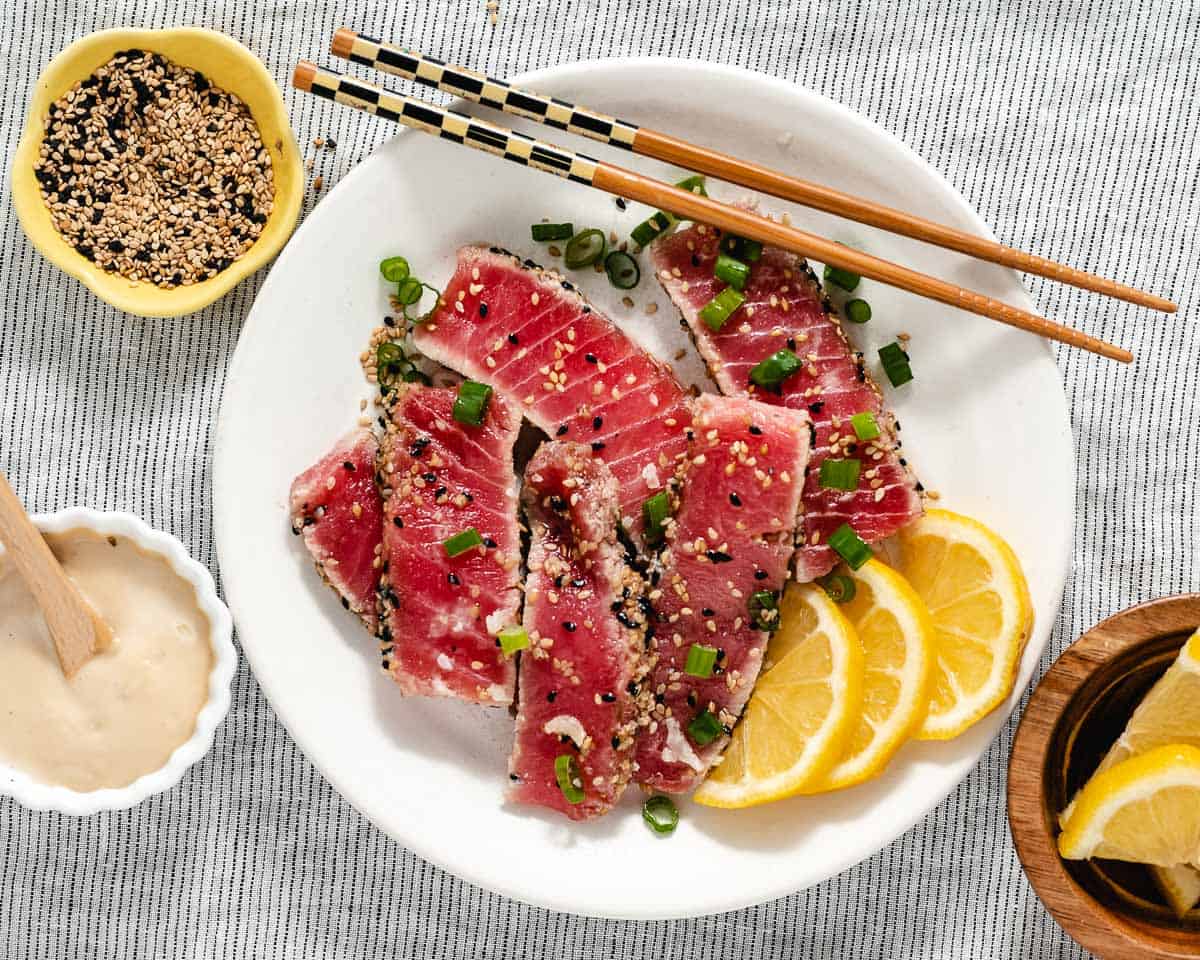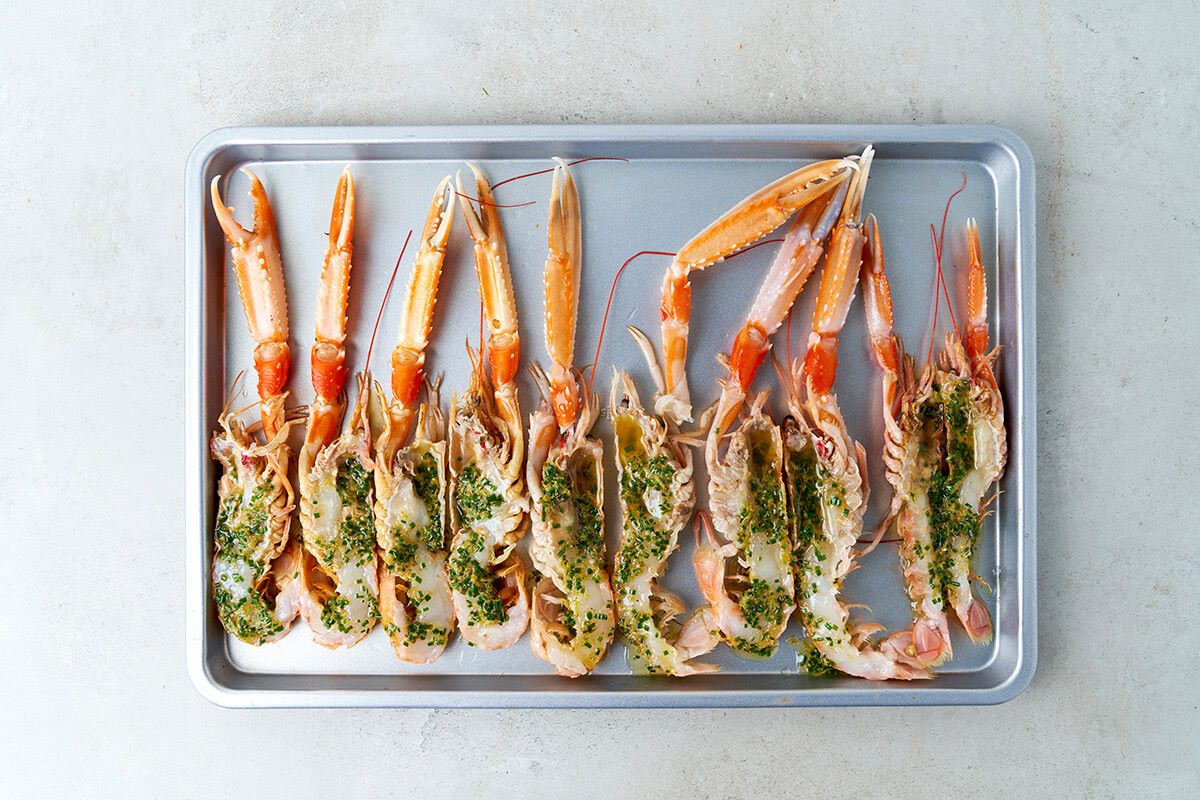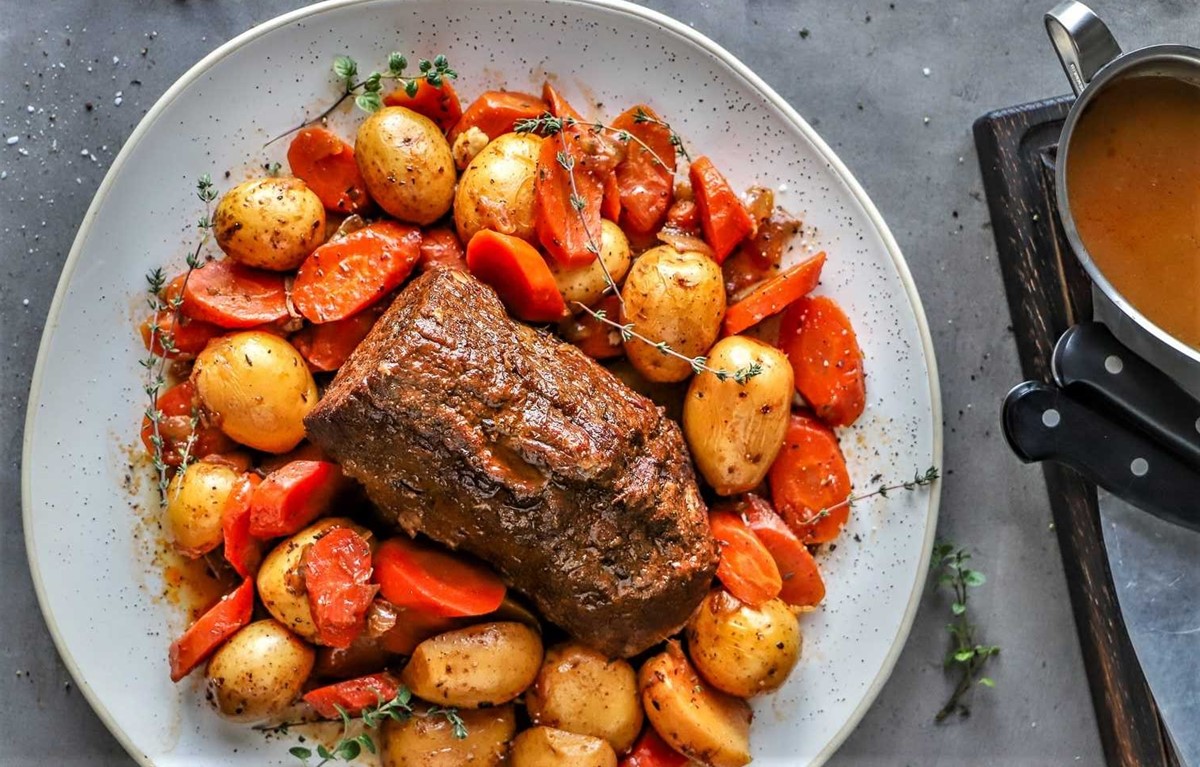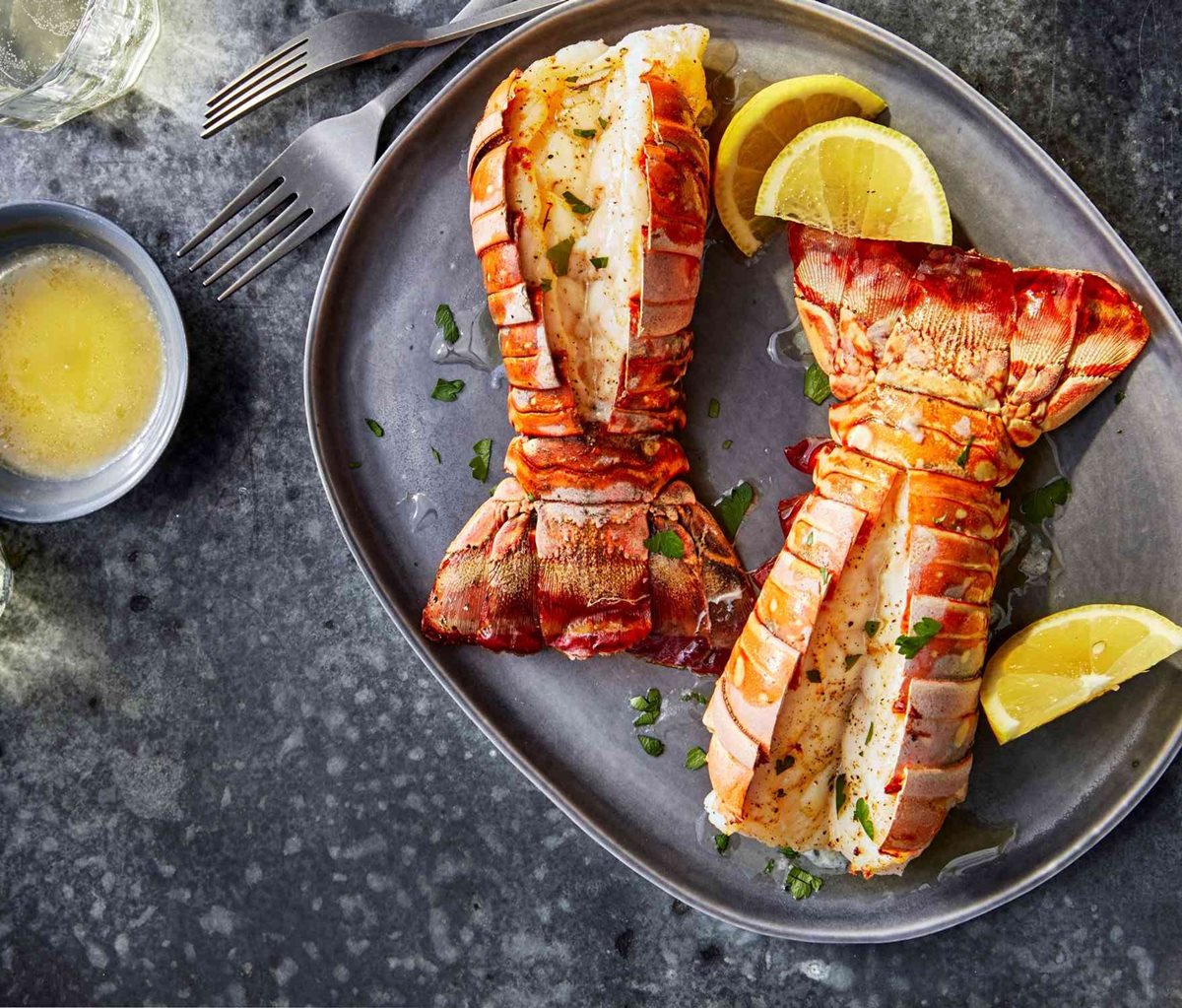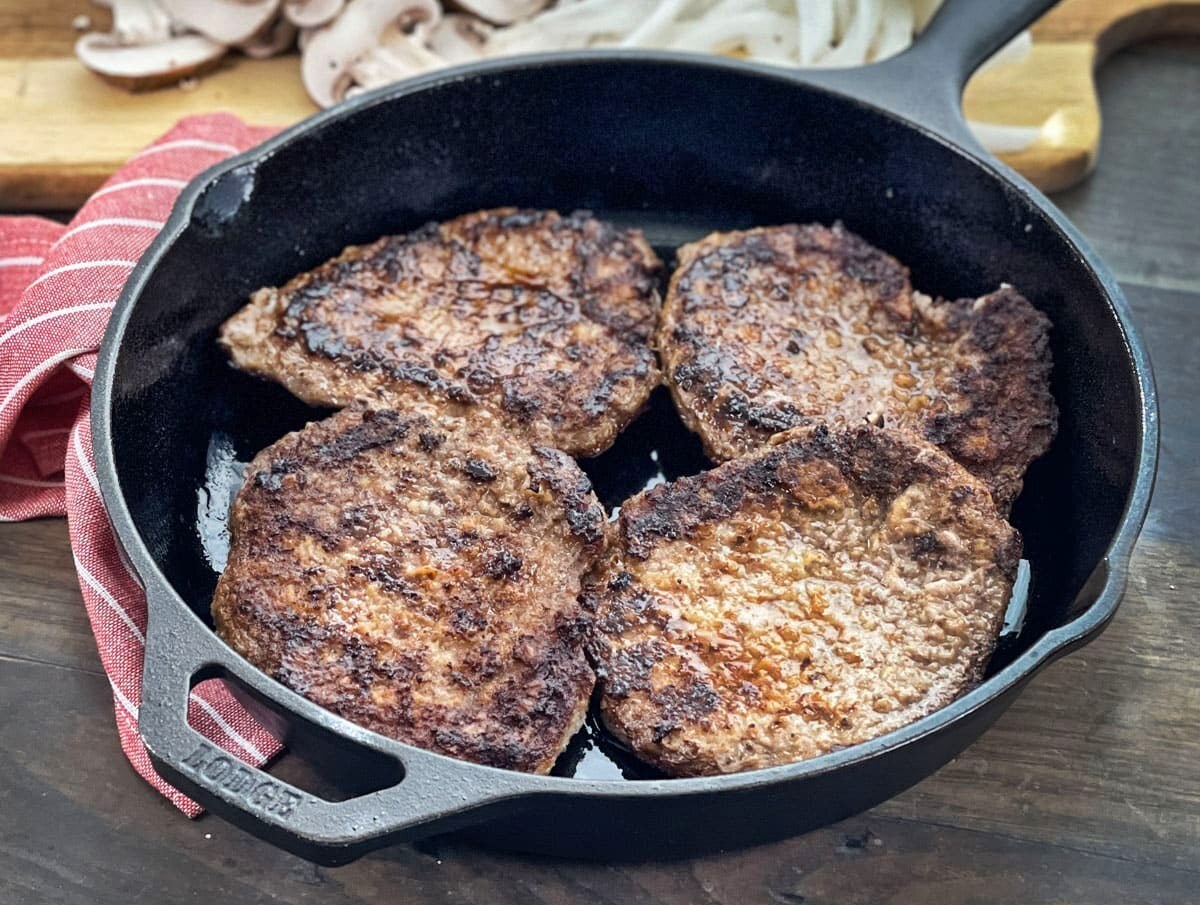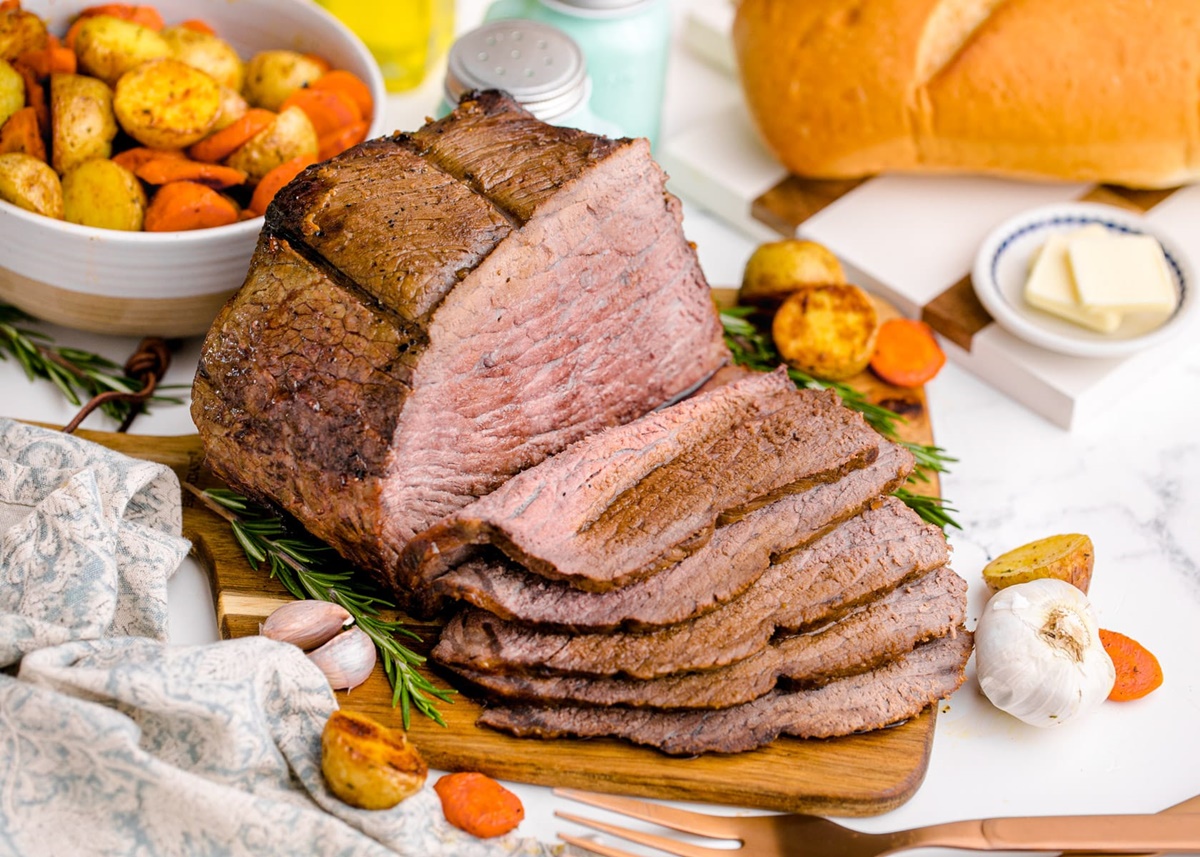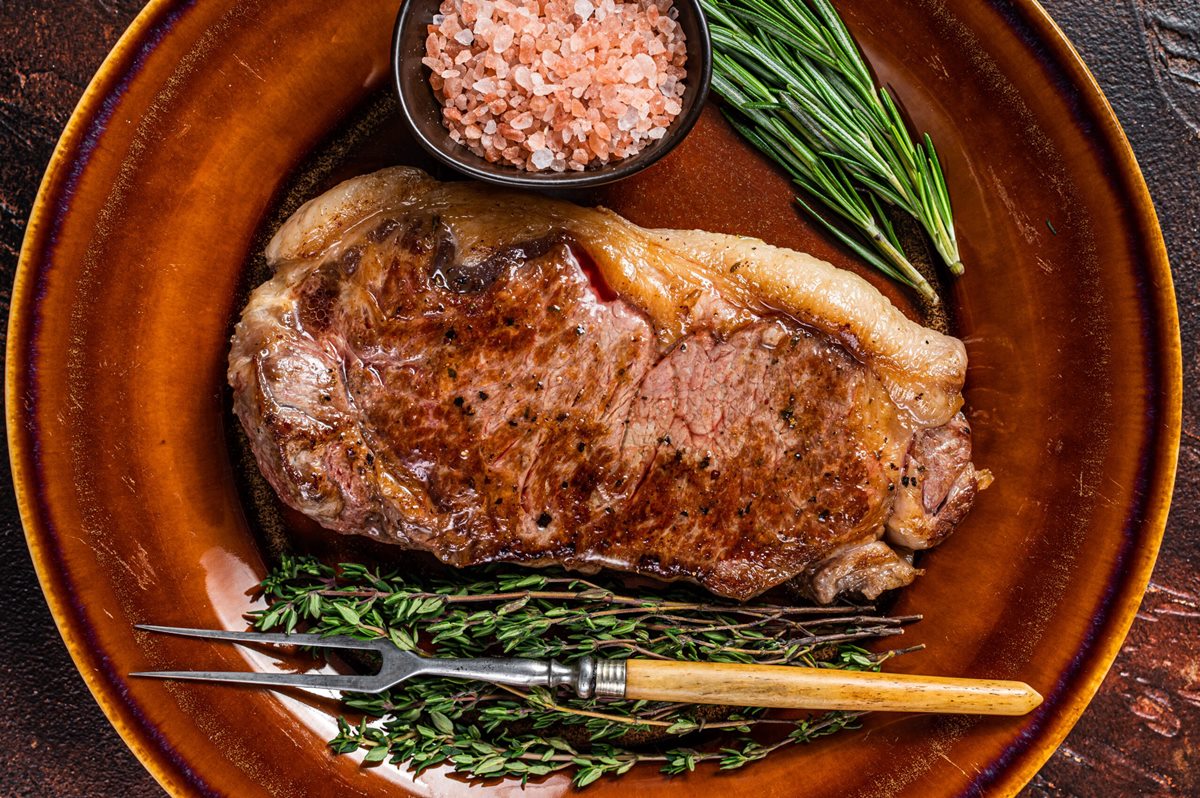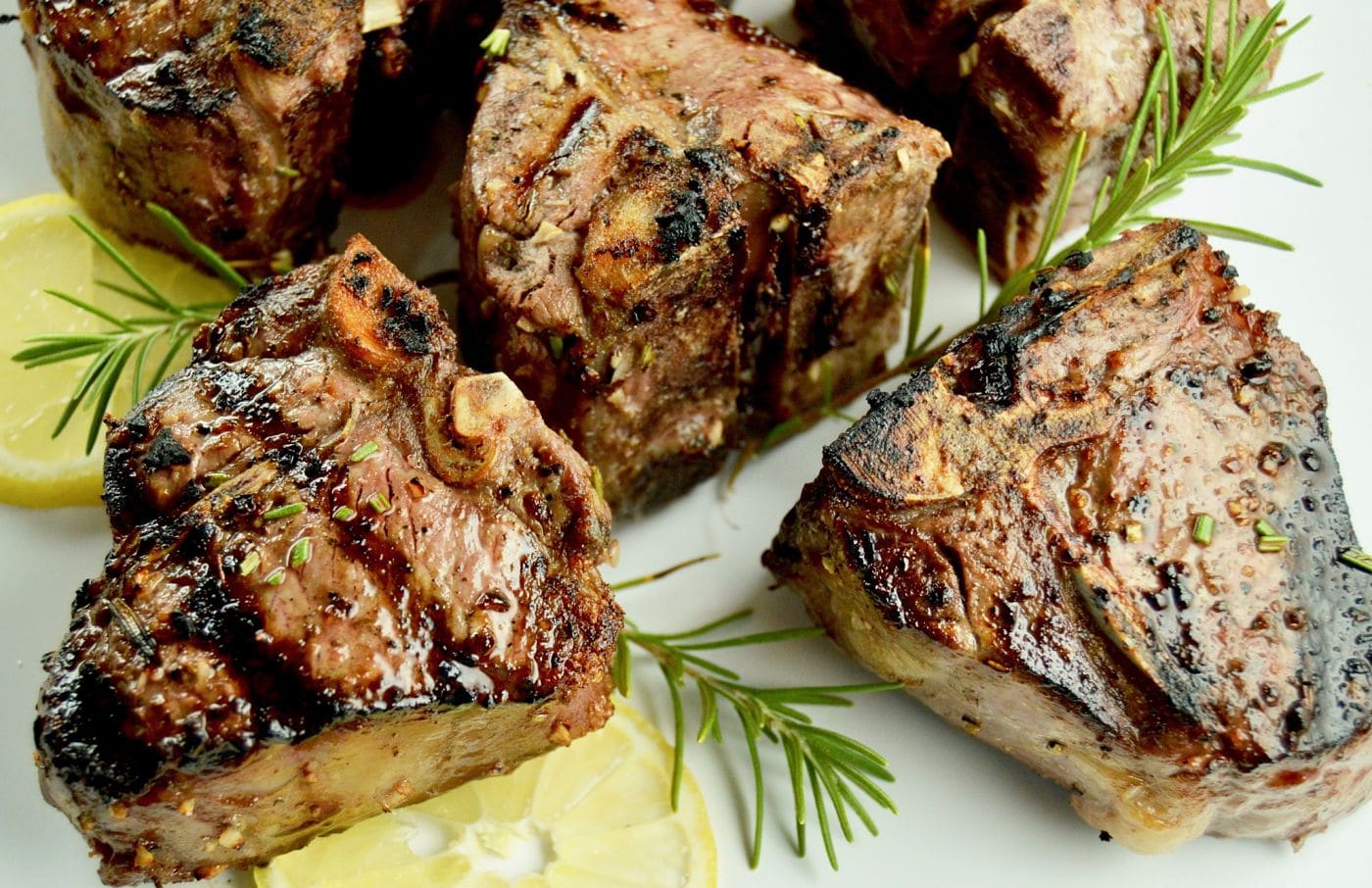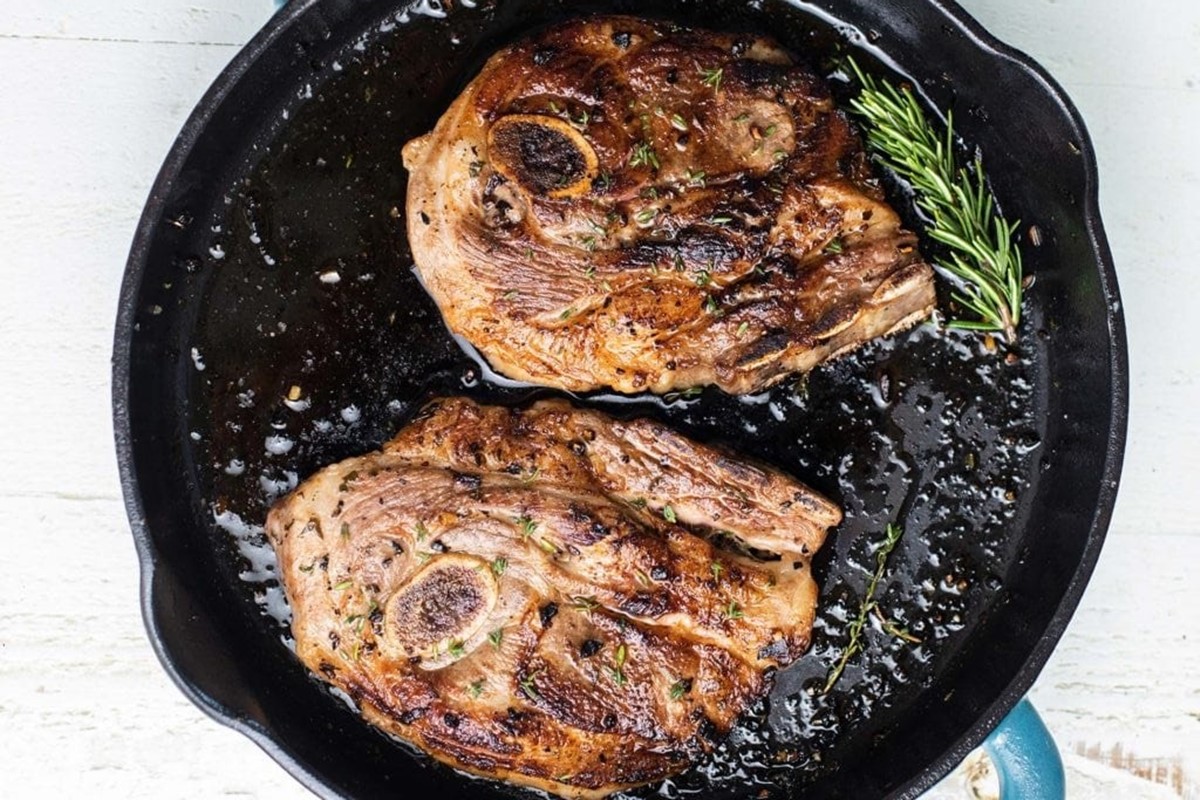Mastering the Art of Cooking a Juicy Bone-In Pork Roast
There’s nothing quite as satisfying as the aroma of a succulent bone-in pork roast wafting through your kitchen. Whether you’re hosting a special gathering or simply craving a comforting meal, learning how to cook a bone-in pork roast can elevate your culinary skills to new heights. In this guide, we’ll take you through the step-by-step process of creating a mouthwatering masterpiece that will leave your guests craving for more.
Choosing the Perfect Cut
When it comes to pork roasts, the cut you choose can make all the difference in flavor and tenderness. Here are a few options to consider:
- Pork Shoulder Roast: Also known as a Boston butt, this cut is marbled with fat, resulting in a rich and flavorful roast.
- Pork Loin Roast: A leaner option, the pork loin roast is tender and juicy with minimal fat content.
- Pork Rib Roast: With its beautiful marbling and rich flavor, the pork rib roast is perfect for those looking for an indulgent dining experience.
Regardless of the cut you choose, ensure that the pork roast has a thin layer of fat on top. This will help keep the meat moist and impart extra flavor during the cooking process.
Preparing the Pork Roast
Before you start cooking, it’s important to properly prepare the pork roast to unlock its full potential:
- Bring the roast to room temperature by removing it from the refrigerator 30 minutes to an hour before cooking. This ensures even cooking throughout the roast.
- Preheat your oven to 350°F (175°C).
- Score the fat layer on top of the roast with a sharp knife, creating shallow cuts in a diamond pattern. This helps the fat render and creates an appealing presentation.
- Season the roast generously with a blend of herbs, spices, and your favorite seasonings. A classic combination includes garlic powder, paprika, rosemary, thyme, salt, and pepper.
The Cooking Process
Now that your pork roast is prepared, it’s time to cook it to perfection:
- Place the pork roast, fat side up, in a roasting pan or a baking dish with a rack to allow air circulation.
- Insert a meat thermometer into the thickest part of the roast, making sure it doesn’t touch the bone.
- Roast the pork at 350°F (175°C) for approximately 20 minutes per pound or until the internal temperature reaches 145°F (63°C). For a well-done roast, aim for an internal temperature of 160°F (71°C).
- Once cooked, remove the pork roast from the oven and let it rest for 10-15 minutes to allow the juices to redistribute throughout the meat. This step is crucial for a juicy and tender result.
Serving Suggestions
Now that your bone-in pork roast is ready to be devoured, it’s time to showcase your masterpiece:
- Carve the roast into slices, following the natural lines of the meat.
- Serve alongside roasted vegetables, such as carrots, potatoes, or Brussels sprouts, for a hearty and balanced meal.
- Consider drizzling the pork roast with a flavorful pan sauce or offering it with a side of tangy applesauce for a delightful pairing.
Remember, practice makes perfect, and with each pork roast you cook, you’ll refine your skills and develop your own signature touch. So don your chef’s hat, and embark on a culinary journey that will impress your family and friends. Happy cooking!
For those looking to put their newly learned skills from the article to use, there are some standout recipes worth trying. The Classic Herb-Crusted Bone-In Pork Roast is a great starting point, offering a traditional flavor profile that's hard to beat. For a more aromatic experience, the Garlic and Rosemary Bone-In Pork Roast brings a delightful blend of herbs to the table. If you're in the mood for something sweet and tangy, the Apple Cider Glazed Bone-In Pork Roast is a must-try, perfect for a cozy family dinner. Adventurous cooks might enjoy the Cajun Spiced Bone-In Pork Roast, which adds a kick of heat and boldness to the mix. Finally, don't miss out on the Red Wine Braised Bone-In Pork Roast, which promises deep, rich flavors that are sure to impress your guests. Each of these recipes allows you to apply the techniques discussed, making your cooking journey both enjoyable and rewarding.
Was this page helpful?
Read Next: How To Cook Sea Bass On The Grill

